Dubai International Airport is one of the busiest airports in the world, shuffling more than 400,000 flights up and down its runways each year.
But during a sunny weekend in September, it exchanged high skies for high fashion, hosting a photo shoot for Vogue Arabia's final issue of 2018.
Vogue Arabia launched in 2016, and has since featured an impressive lineup of internationally-renowned cover models, including Gigi Hadid and Rihanna.
However, the magazine's Middle Eastern edition sets itself apart from its sister publications by embracing regional influencers and styles grounded in Arabian cultures and values. The airport shoot headlined by Iranian model Farnoush Hamidian and British-Somali model Shahira Yusuf, was no exception.
Changing face of modeling
In 2017, Yusuf became the first hijabi model to sign a contract with Storm Management, the agency known for discovering supermodel Kate Moss.
"We're Muslim women," Yusuf explains. "We wear our headscarves because of religious beliefs, at the end of the day.
"It might be a trend, in terms of mainstream media picking up on these types of things, but it's something that has always been around."
Few people understand the need for inclusion better than supermodel and fashion icon Naomi Campbell, who graced the cover of Vogue Arabia's November 2018 issue. Campbell spent much of her early modeling career breaking race barriers and championing diversity in her industry, eventually becoming the first black model to appear on the cover of French Vogue in 1988.
It's something that should of been the norm and it's every race and creed," Campbell told CNN while discussing strides made to increase the visibility of Muslim models. "Everyone has their religion (and) has to be respected."
While the recent victories for diversity are a cause for celebration, Campbell was quick to contain her excitement with a dose of reality.
"This is how it should have always been," she said. "It's incredible to say it's taken us to get to 2017, 2018 for it to happen, but most importantly (it's incredible) that it's happening."
A more 'modest' clientele
Modest fashion, a term that describes garments catered to women who choose to wear less revealing clothing, has grown in prominence in the global fashion industry.
Early movers in the modest wear sector have been rewarded by a lucrative and relatively untapped market -- Muslim women spent $44 billion on modest fashion in 2015, according to an industry report by Thomson Reuters. And this number does not capture modest clothing bought by women of other religions and cultures, or those who simply appreciate its aesthetic.
"The reality is that modesty, at least the way we look at it, transcends religion, it transcends age, size, where you come from," explains Ghizlan Guenez, the entrepreneur behind e-commerce platform The Modist.
The Modist stocks and curates luxury clothing from regional and local brands, and is tailored to women who dress modestly. For Guenez, making modest clothing accessible gives power back to women who have, until recently, been neglected in the luxury fashion space.
"One of the things we're very passionate about is the idea of choice, she says. "And we truly believe that choice, and exercising that, is the most empowering thing."
